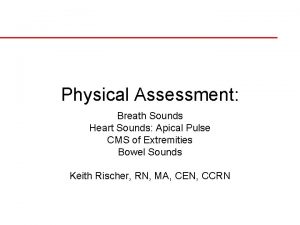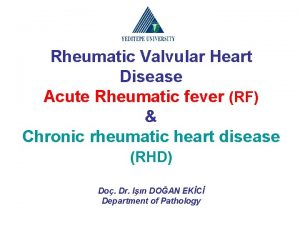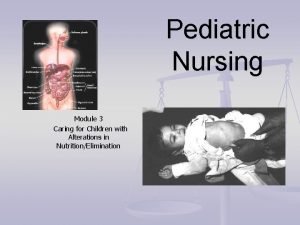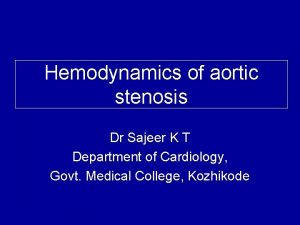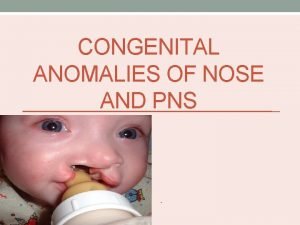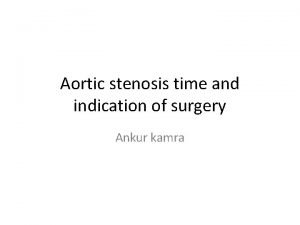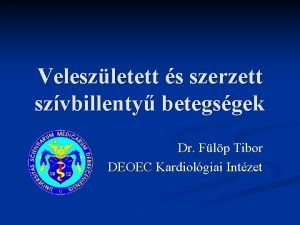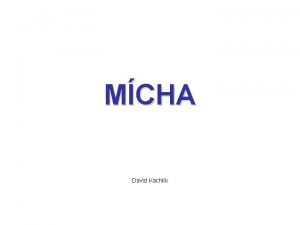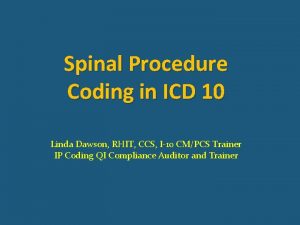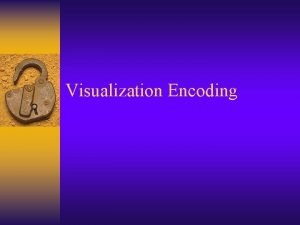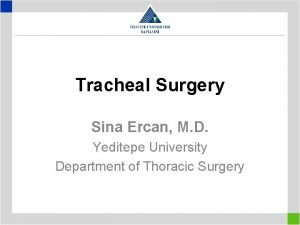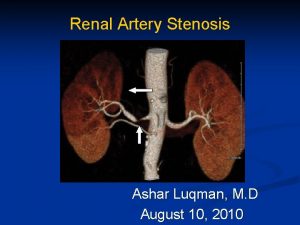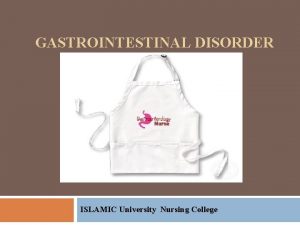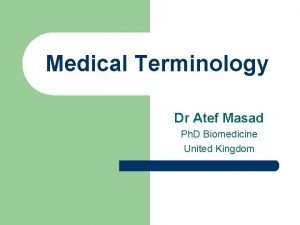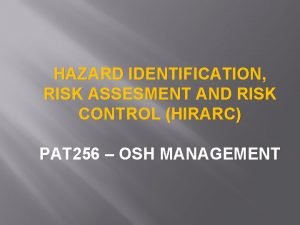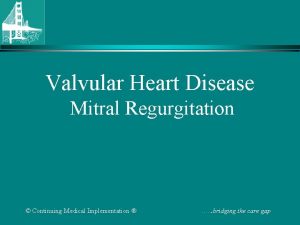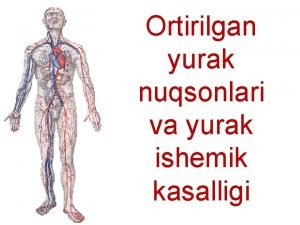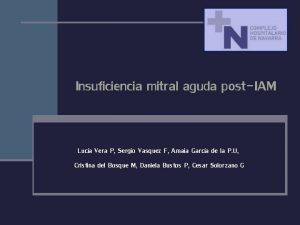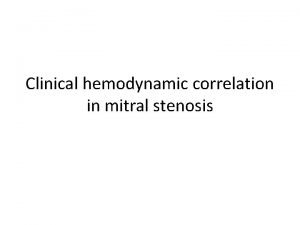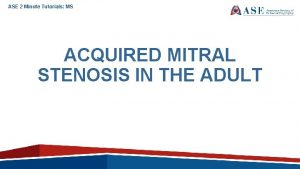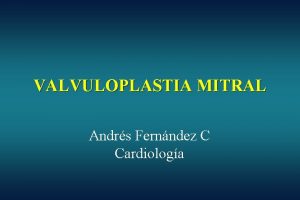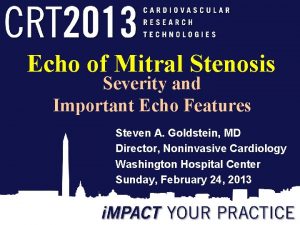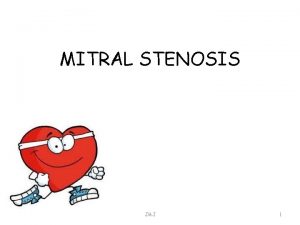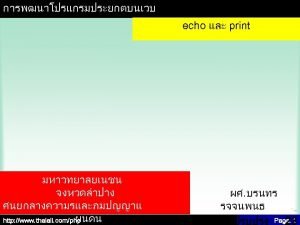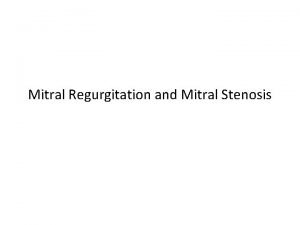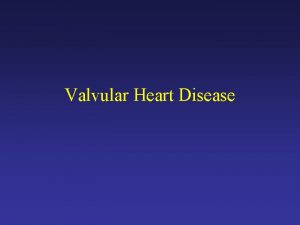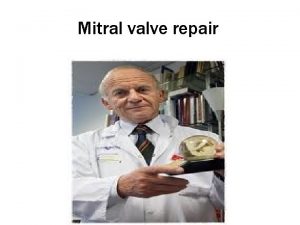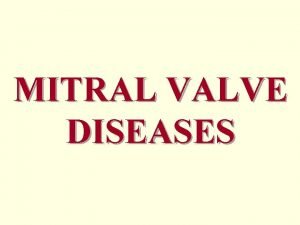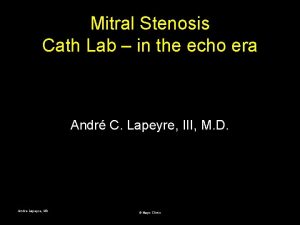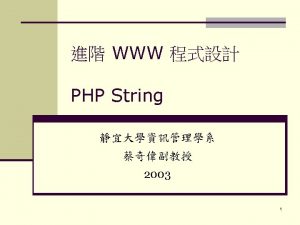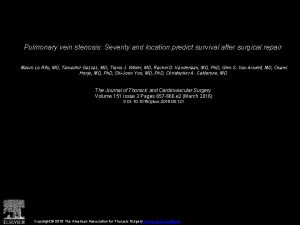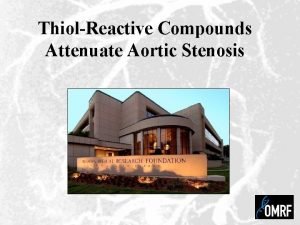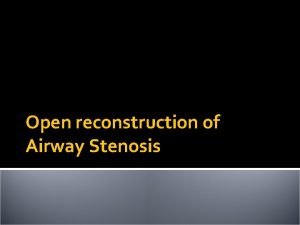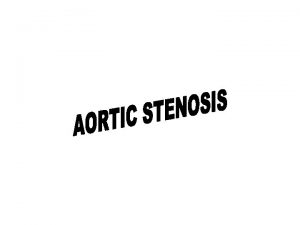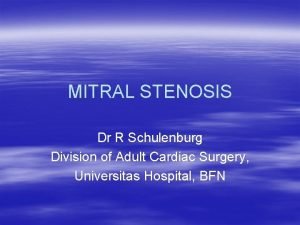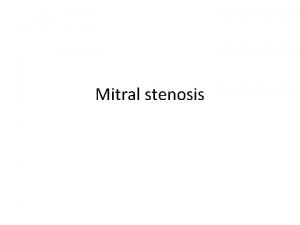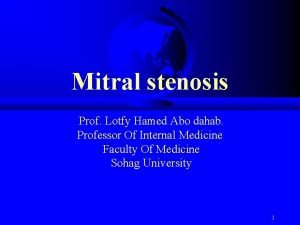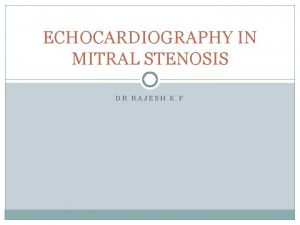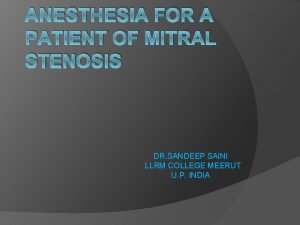Echo of Mitral Stenosis Severity and Important Echo








































- Slides: 40

Echo of Mitral Stenosis Severity and Important Echo Features Steven A. Goldstein MD FACC Director, Noninvasive Cardiology Medstar Heart Institute Washington Hospital Center Sunday, February 22, 2015

DISCLOSURE I have N O relevant financial relationships

Mitral Stenosis Morphology • Leaflet thickening and calcification • Commissural fusion • Commissural and leaflet calcification • Chordal thickening, shortening & fusion



Pre-PTMV Post-PTMV


Scan off-axis to evaluate subvalve apparatus

Severity of Mitral Stenosis Echo-Doppler is method of choice

Mitral Stenosis Quantitation by Echo-Doppler • Transvalvular gradients (Peak, mean , end-diastolic) • Mitral valve area § § Planimetry Pressure half-time method Continuity equation PISA method • Pulmonary artery pressure

Gradients

Mitral Stenosis Doppler-Derived Gradients • Unlike AS, technically easy in MS • Reliable gradient almost always obtained with transducer at apex • In rare instance of extremely difficult apical window, TEE can be used


Mean PG 23. 9 mm Hg VTI 94 cm Vmax 320 cm/s Mean gradient = 24 mm Hg

18 mm Hg 13 mm Hg In atrial fib average ≥ 5 consecutive beats

Mitral Stenosis Pitfalls of Doppler Evaluation Pressure Gradient • Intercept angle b/w MS jet and echo-beam • Beat-to-beat variability in atrial fibrillation • Dependence on transvalve flow rate (depends on current HR, CO, MR) Always report HR ! (variable)

MV Area

MV Area by Planimetry Advantages: Ease of use Pathologic correlation Unaffected by MR and AR Limitations: May not image true orifice Gain and angulation Calcification Prior commissurotomy


Pressure Halftime

Atrioventricular Pressure Half-Time Measurement of Mitral Orifice Area Libanoff and Rodbard Circ 38: 144(1968)

Mitral Valve Area Doppler Pressure Halftime Hatle (1979) showed that MV area could be estimated as. . 220 Doppler-derived mitral pressure halftime

MV Area Continuity Equation

Mitral Valve Area Continuity Equation MV Area = CSA LVOT x VTILVOT VTI MS JET

MV Area PISA

r = 1. 2 cm Va = 30. 8 cm/s

Mitral Valve Area: PISA Method Standard PISA Equation Assumption Orifice is planar Mitral Stenosis Correction Orifice is NOT planar Orifice is Funnel-shaped PISA Flow Rate Orifice Area (cm 2) = (cm 3/sec) Vmax (cm/sec) x Angle 0/180º Average 0 = 118 ± 15º Circulation 1993; 88: 1157 -65

3 D-Echo likely the new “Gold Standard” Post-PTMV Pre-PTMV


A 1 = 0. 80 cm 2 TTE MV area = 0. 80 cm 2

“Splittability” Score

Mitral Stenosis “Splittability” Score (MGH Score) (grade 1 – 4) • Leaflet thickening • Leaflet mobility • Leaflet calcification • Subvalvular fusion Score < 8 = excellent candidate for PBMV

Mitral Stenosis "Splittability Score" I. Leaflet mobility II. Leaflet thickening III. Leaflet calcification IV. Subvalve thickening & fusion • Appearance of commissures

Mitral Valvuloplasty The mechanism of successful PBMV is opening of commissures RV RV

Freedom from Death, MVR, repeat PBMV (%) Mitral Balloon Valvotomy and Outcome 100 MV score 8 80 80 MV score >8 60 60 40 40 20 20 0 Ca++absent 0 0. 5 1 1. 5 2 2. 5 Years from Procedure 3 0 0 Ca++present 0. 5 1 1. 5 2 2. 5 Years from Procedure Cannan, Nishimura, et al JACC 29: 175(1997) 3

Mitral Valvuloplasty Commissural Calcium RV RV



Mitral Stenosis “Splittability” Score (MGH Score) Limitations • Subjective (High interobserver variability) • Inability to describe localized changes • Some pts with score > 10 successful PBMV • Some pts with score < 8 have complications

 Site:slidetodoc.com
Site:slidetodoc.com Wilkins score
Wilkins score Define mitral stenosis
Define mitral stenosis Tendinous cords
Tendinous cords Rvh cxr
Rvh cxr Mitral stenosis chest x ray
Mitral stenosis chest x ray Mitral stenosis pulmonary hypertension
Mitral stenosis pulmonary hypertension Mitral facies pathophysiology
Mitral facies pathophysiology Rcc aortic valve
Rcc aortic valve![[-n $home] 2 echo $? 3 [-z shome] 4 echo $? [-n $home] 2 echo $? 3 [-z shome] 4 echo $?](data:image/svg+xml,%3Csvg%20xmlns=%22http://www.w3.org/2000/svg%22%20viewBox=%220%200%20200%20200%22%3E%3C/svg%3E) [-n $home] 2 echo $? 3 [-z shome] 4 echo $?
[-n $home] 2 echo $? 3 [-z shome] 4 echo $? Apical pulse location
Apical pulse location Fish mouth buttonhole stenosis
Fish mouth buttonhole stenosis Hirschsprung's disease
Hirschsprung's disease Hakki formula
Hakki formula Tetralogy of fallot murmur
Tetralogy of fallot murmur Proboscis lateralis
Proboscis lateralis Cervical ectropion
Cervical ectropion Stages of aortic stenosis
Stages of aortic stenosis Holosystoles zörej
Holosystoles zörej Anterolisthesis
Anterolisthesis Hypertrophic pyloric stenosis
Hypertrophic pyloric stenosis Stenosis canalis spinalis
Stenosis canalis spinalis Foraminotomy
Foraminotomy Encoding
Encoding Cricoid cartillage
Cricoid cartillage Artery stenosis
Artery stenosis Pyloric valve
Pyloric valve Pylomyotomy
Pylomyotomy Pyloric stenosis nursing diagnosis
Pyloric stenosis nursing diagnosis Stenosis a suffix denoting narrowing
Stenosis a suffix denoting narrowing Hirarc stand for
Hirarc stand for Mitral facies
Mitral facies Mitral facies
Mitral facies Pathophysiology of valvular heart disease
Pathophysiology of valvular heart disease Rhuematic
Rhuematic Jaroxlik
Jaroxlik Mitral darlık oskültasyon bulguları
Mitral darlık oskültasyon bulguları Iam
Iam Ef slope in echo
Ef slope in echo Pressure half time formula
Pressure half time formula Valvuloplastia mitral percutánea
Valvuloplastia mitral percutánea

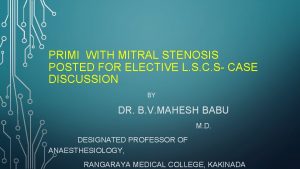
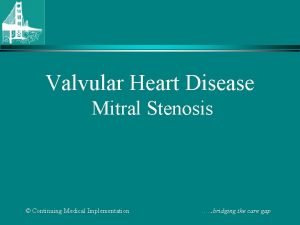
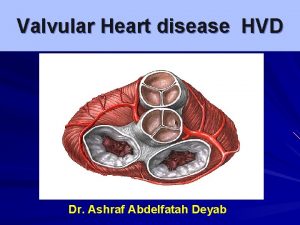
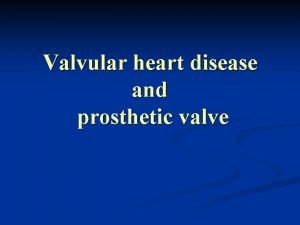
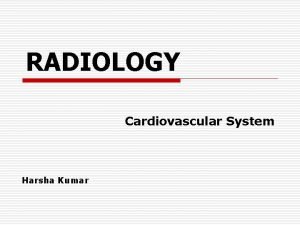
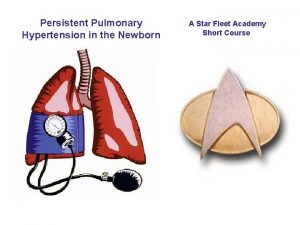
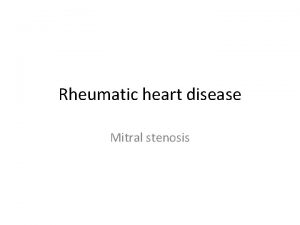
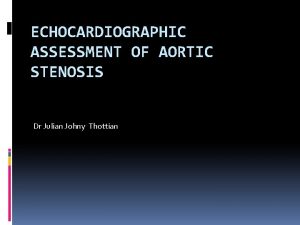
![[-n $home] 2 echo $? 3 [-z shome] 4 echo $? [-n $home] 2 echo $? 3 [-z shome] 4 echo $?](https://slidetodoc.com/wp-content/uploads/2021/03/4520173_09339f8d6296694d67adb66823cc7f1f-300x225.jpg)
